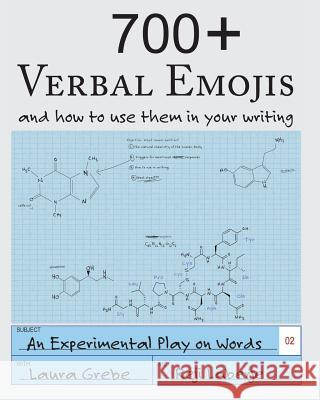700+ Verbal Emojis: and how to use them in your writing » książka
700+ Verbal Emojis: and how to use them in your writing
ISBN-13: 9781945907074 / Angielski / Miękka / 2016 / 144 str.
Do you remember a while back when Facebook launched its "hover over for additional reactions" feature? People complained that "thumbs up" wasn't adequate for reacting to people's posts. Nobody wanted to "LIKE" the fact that somebody's Grandmother passed away, but - in the same post, they did desire to like the request for prayers. Enter the sad face. So now you can select from a bunch of emojis. There's a heart, laughing face, crying face, shocked face, and an angry face. Now, for Grandmum's passing, we can display a . . . crying face (which I've also seen mistaken for a sweating face, by the way). The selection of emojis for texting is also increasing. In fact, just a quick search of the app store gives me 500+ results for emoji apps and add-ons, each boasting their numbers of hundreds and thousands of emojis because it's not enough that you share a sad face, you want a sad face . . . on a cat (this is the internet, after all). All of these emojis just to express how someone is feeling in a single character. What happens when you can't use a character? And is a character really enough, anyway? In overwhelm, we find ourselves back at "how are you?" and "fine." The following is a list of over 700 words and phrases (710, to be exact) to express how someone feels. Consider these your verbal emojis-the long form of those single character emotions. Verbal emojis are great for expressing a character's feelings, state of mind, reaction, or environment. Verbal emojis can be used to further define a character and help a reader empathize with a character. Verbal emojis create deep and complex characters. Verbal emojis are also perfect to use in writing because, well.....they are WORDS Whoda thunk? Also great for educators and counselors, I hope you'll enjoy this step beyond thumbs up, heart, laughing, crying, and shocked in the experimental play on words, "700+ Verbal Emojis."











